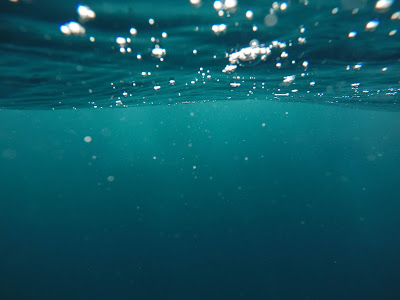Introduction
In the world of thin film deposition, the choice of sputtering target material is crucial. The material you select can significantly impact the quality, performance, and durability of the thin film you're depositing. Regarding specific applications that demand exceptional properties, titanium tungsten (TiW) sputtering targets shine as a top choice. In this article, we'll delve into why TiW targets are the preferred option for certain applications.
Understanding Sputtering Targets
Sputtering is a versatile and widely used thin film deposition technique. It involves bombarding a target material with high-energy ions in a vacuum chamber, causing atoms from the target to be ejected and deposited as a thin film on a substrate. The choice of target material is vital as it directly affects the film's properties, such as composition, thickness, and adhesion.
Why Titanium Tungsten Sputtering Targets?
Film Quality: Titanium tungsten is renowned for producing high-quality films. It offers excellent control over film thickness and composition, making it suitable for applications requiring precise and uniform films.
Adhesion: TiW sputtering targets ensure strong adhesion between the thin film and the substrate. This characteristic is particularly valuable in applications where there are other options than film delamination or peeling.
Chemical Inertness: Titanium tungsten is chemically inert, meaning it doesn't react with many substances. This makes it ideal for applications involving harsh chemical environments.
Temperature Stability: TiW sputtering targets can withstand high-temperature deposition processes, ensuring stability and integrity during film formation. This stability is crucial in various industries, including semiconductor manufacturing and aerospace.
Customizability: TiW sputtering targets are available in various compositions to meet specific application requirements. This customizability allows researchers and manufacturers to fine-tune the properties of the deposited films.
Applications of Titanium Tungsten Sputtering Targets
Now that we've discussed the exceptional properties of TiW targets let's explore where they shine:
Semiconductor Industry: In semiconductor manufacturing, TiW sputtering targets play a pivotal role in depositing thin films for integrated circuits (ICs) and microelectronics. The ability to precisely control film thickness and composition is critical to ensure the performance and reliability of these electronic components.
Optical Coatings: Titanium tungsten is widely used in optical coatings. Whether it's anti-reflective coatings for lenses, mirrors, or optical filters, TiW targets help create films that enhance optical performance.
Aerospace Applications: The aerospace industry relies on TiW sputtering targets for thermal barrier coatings and protective layers. These films help safeguard critical components in extreme conditions, such as those found in jet engines and aerospace structures.
MEMS Devices: Micro-electro-mechanical systems (MEMS) require precise and durable thin films. Titanium tungsten targets are the material of choice for producing these microcomponents found in sensors, accelerometers, and microactuators.
Conclusion
When it comes to thin film deposition, the choice of sputtering target material can make or break your application. For those demanding precise film quality, exceptional adhesion, chemical inertness, temperature stability, and customizability, titanium tungsten sputtering targets emerge as the shining star. Their significance in the semiconductor, optical, aerospace, and MEMS industries is a testament to their exceptional properties. In the quest for high-quality, reliable thin films, TiW targets are a top-tier choice. For more information, please visit https://www.sputtertargets.net/.







